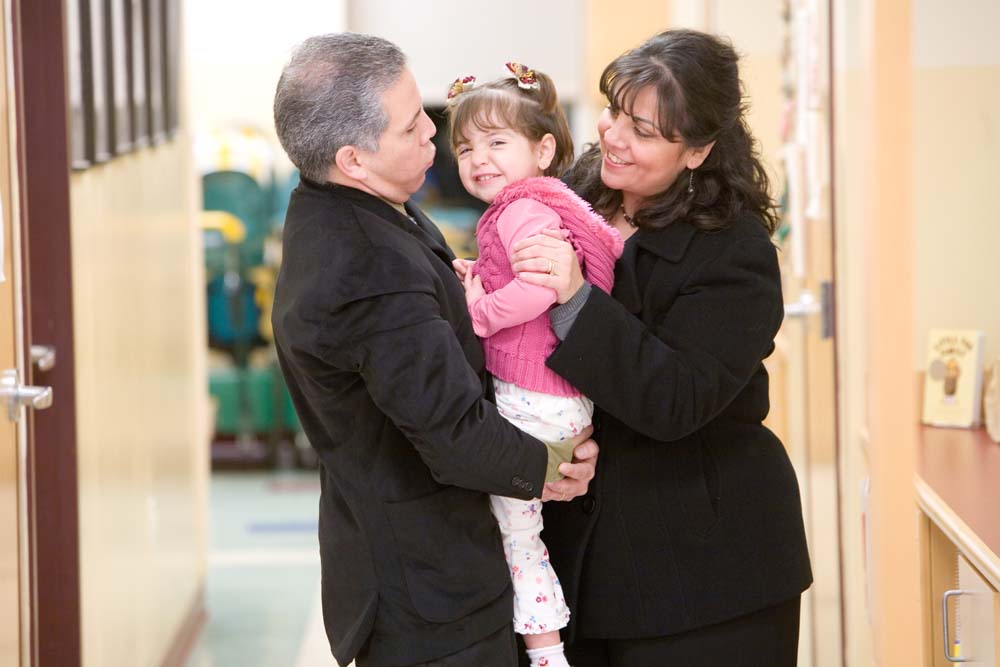"We need to create benefits equity among our offices"
"Our office in Tokyo is squawking"
"How do we triage the needs of all our people across the globe?"
"How do we explain that we have child care centers in New York and London, but not Bangladesh and Berlin?"
While dependent care was once a smallish part of work-life, which was a smallish part of HR, it is now a momentous responsibility for someone at headquarters of large global organizations. And it's not just child care anymore. Employees everywhere are looking to employers for support with elder care, too.
What global organizations need is a strategic vision consistent with company values, and sets of protocols for 1) assessing their current global dependent-care situation; and 2) moving forward to meet goals. They need a plan.
Here is a description of the kind of structure and protocols you can build into a true global dependent-care strategy. With a plan in hand you will have answers to tough questions and a clear path forward.
The Global Employer's Nine-Step Plan Toward a Global Dependent-Care Strategy:
1. Work with leadership
Work with your leadership and internal stakeholders to understand their perspective on the role of dependent care. Identify internal allies along the way.
2. Develop a guiding mission
Create a mission to which you can refer as you make the many decisions to come. Get buy-in from leaders and stakeholders.
3. Define your resources
Find out what kind of budget/resources will be dedicated to dependent care and whether funding will be from corporate or from local offices or regions. Remember that you will need funding for the assessment phase even prior to implementing new programs.
4. Triage the current situation
Determine the minimum size office to include in the assessment (if any) and investigate what each office has currently in place.
5. Create a process for communicating requests
Create a process by which locations can communicate their dependent-care needs and request attention. An information request form is helpful so that you get all the information you need in a consistent way from one location to the next.
6. Create a process for responding to requests
Develop a process for assessing and responding to requests. Create protocols for denial, follow-up for more information, and acceptance for further action.
7. Create a process for implementing supports
Create guidelines and procedures for obtaining approval and implementing new programs where needed.
8. Do a deeper dive
Conduct in-depth needs assessments in priority locations.
9. Evaluate
Develop an evaluation plan to measure impact over time based on the goals set forth in your guiding mission.
A Sizable Undertaking
This kind of
global dependent-care strategy is a sizable undertaking and will likely require resources outside of your HR department (hence the budget for assessment). However, it can be done and it will provide you with the ability to respond to needs, answer questions, and provide the supports your global employees need in order to be successful at work and at home.





